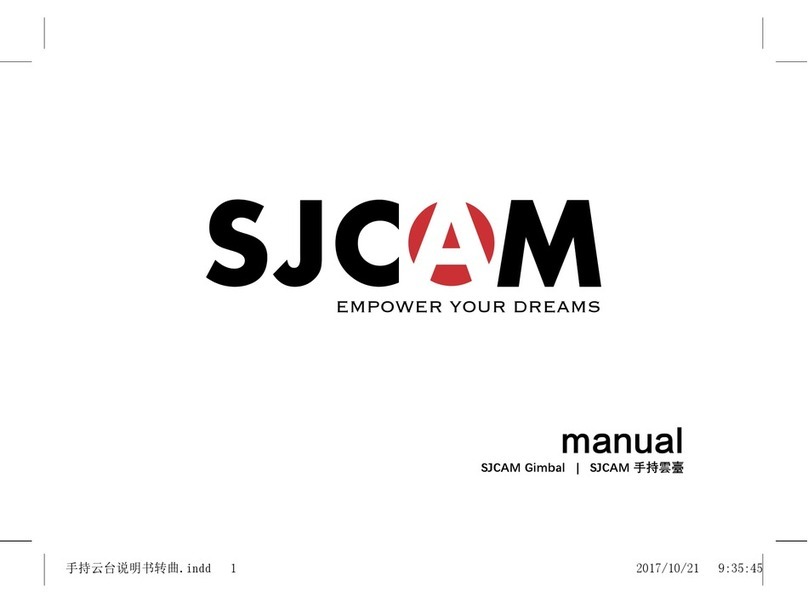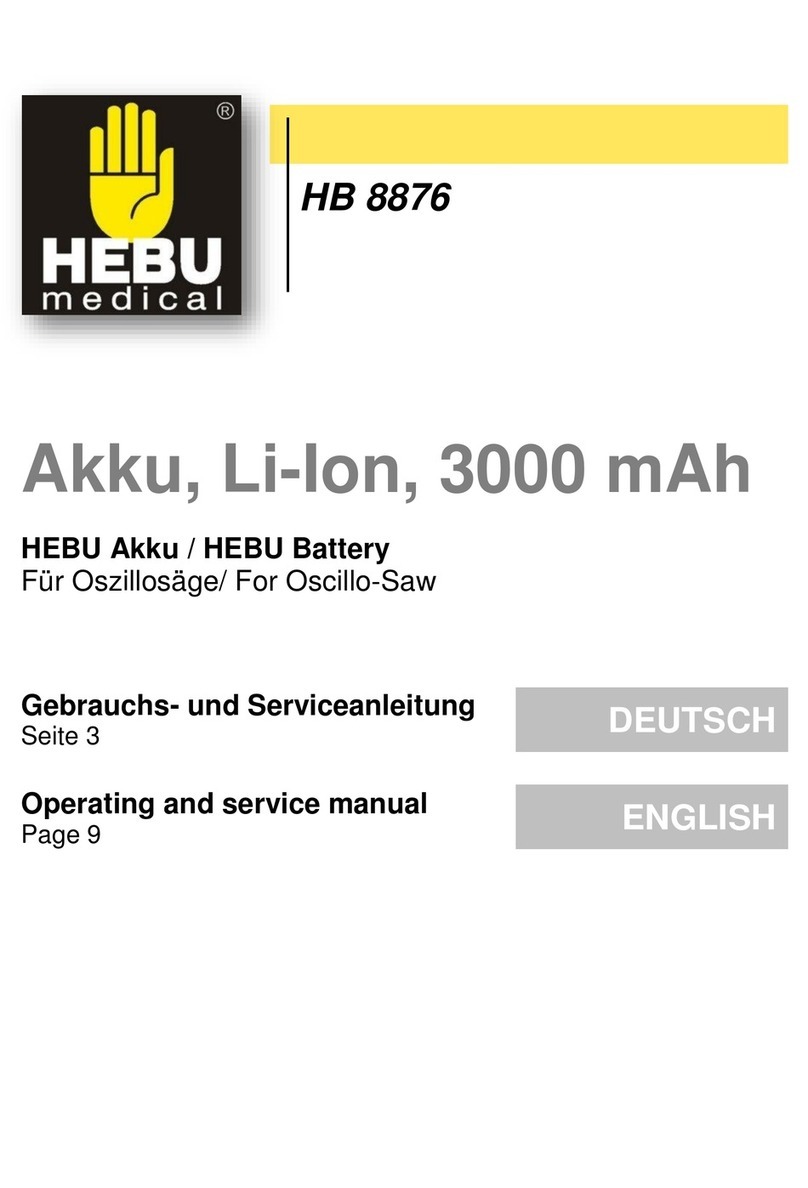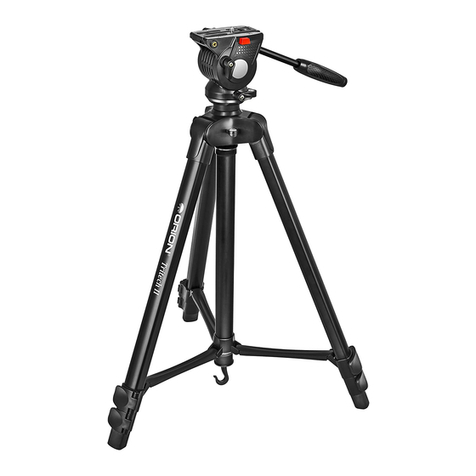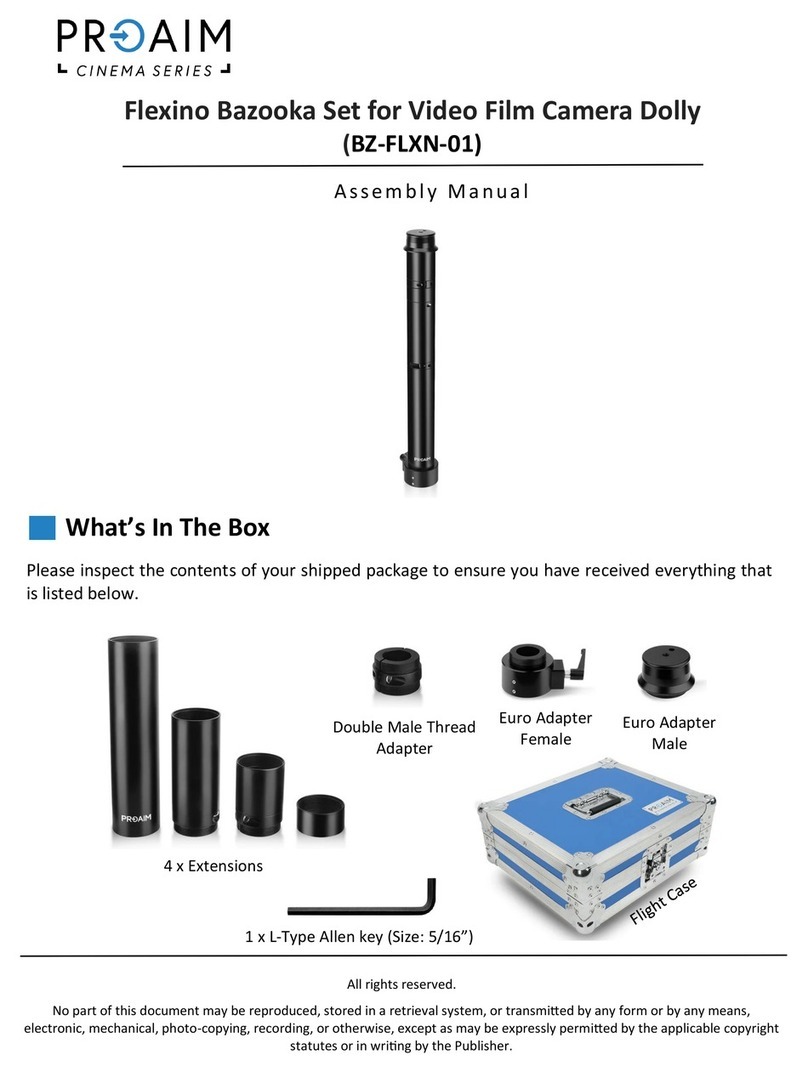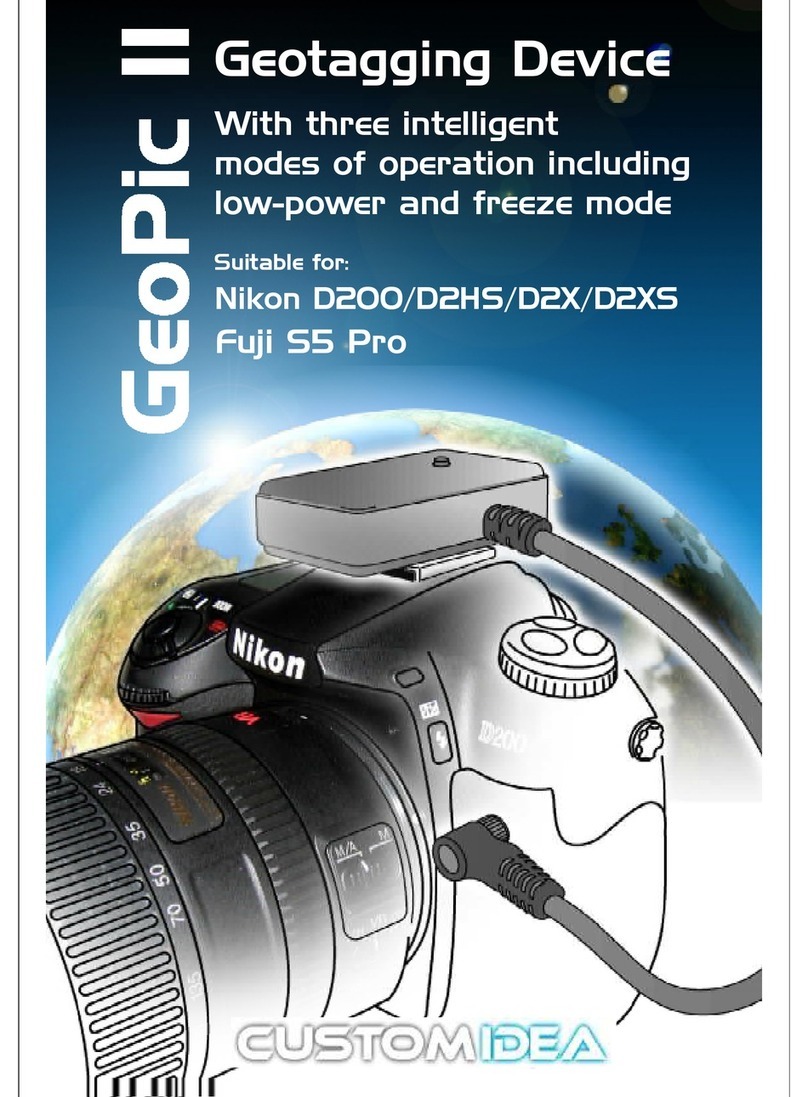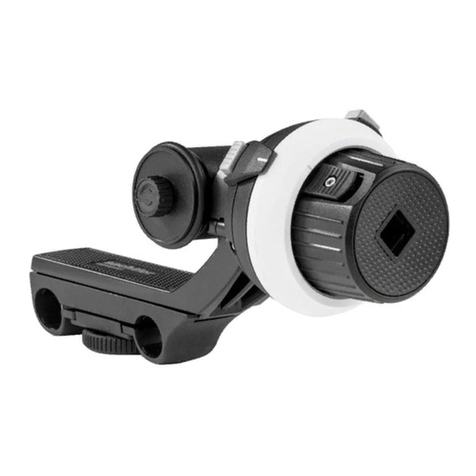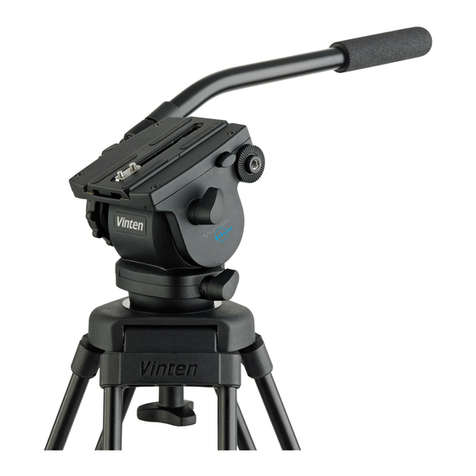Trinabess PowerCube 2.0 DC User manual
Popular Camera Accessories manuals by other brands
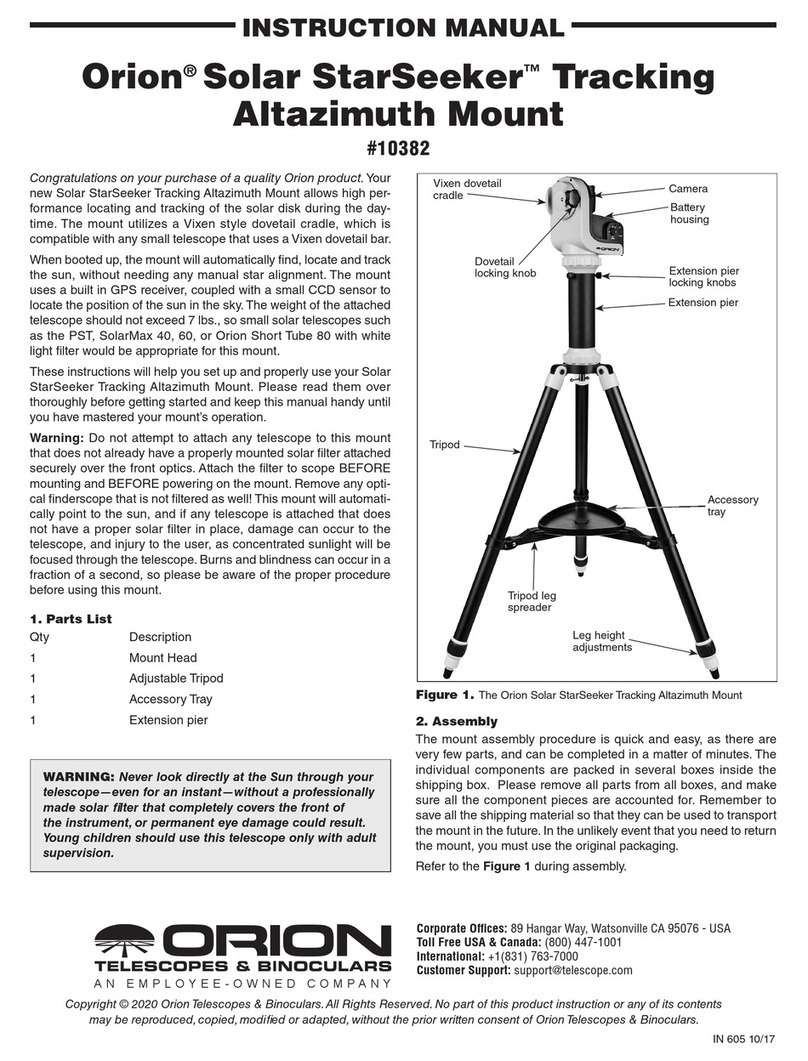
ORION TELESCOPES & BINOCULARS
ORION TELESCOPES & BINOCULARS Solar StarSeeker 10382 instruction manual

Convergent Design
Convergent Design Odyssey7Q ProRes 422 (HQ) Setup guide

Aquatica Digital
Aquatica Digital Pro Digital 20062 operating manual
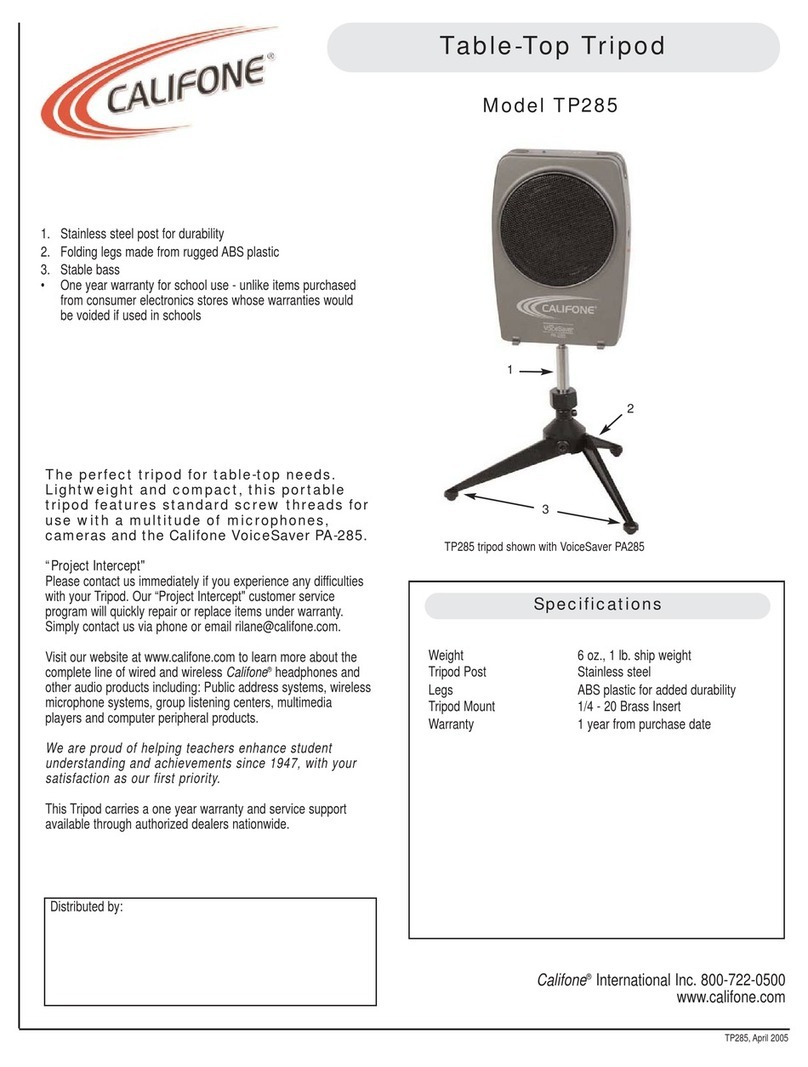
Califone
Califone TP285 Specifications
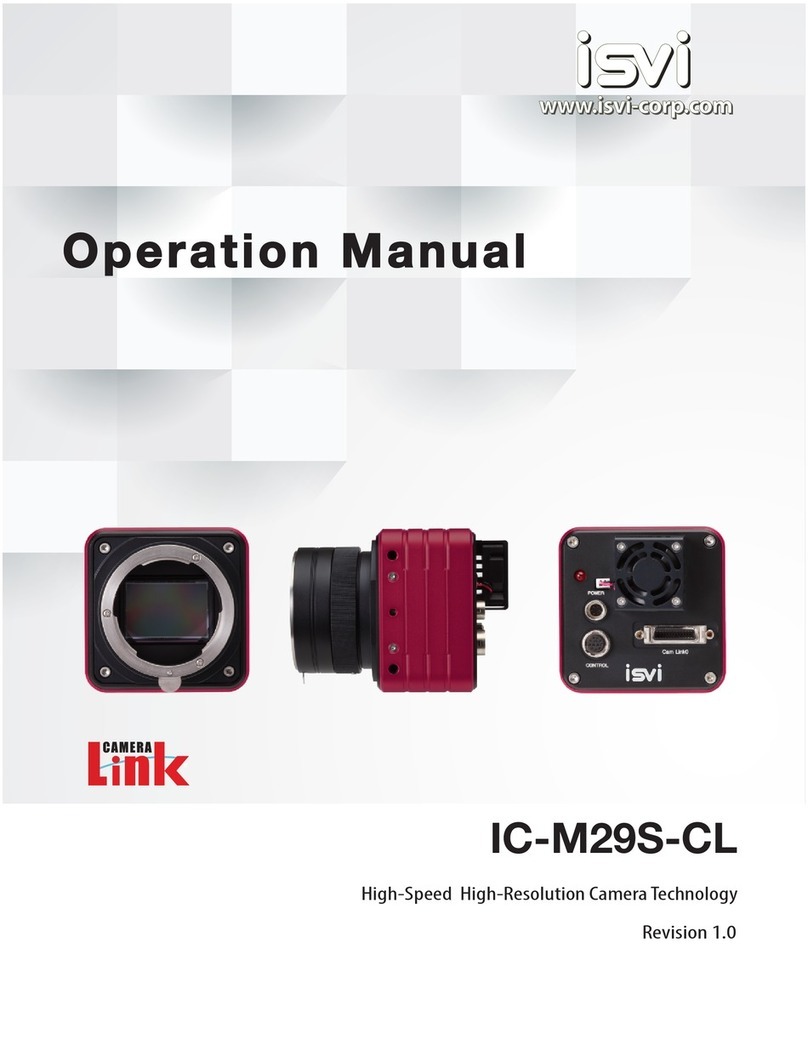
isvi
isvi IC-M29S-CL Operation manual
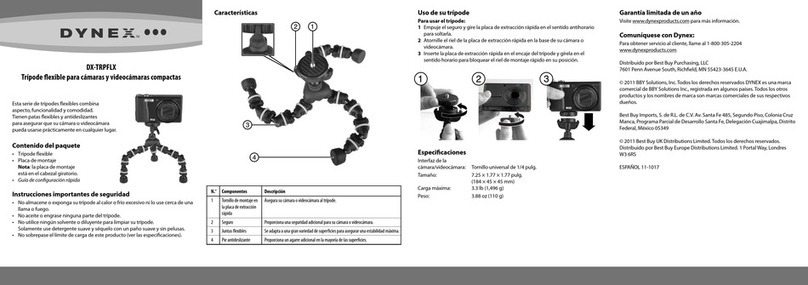
Dynex
Dynex DX-TRPFLX Guide d'installation rapide





















